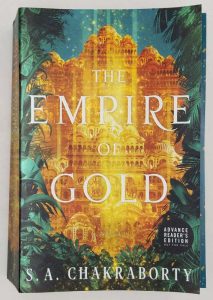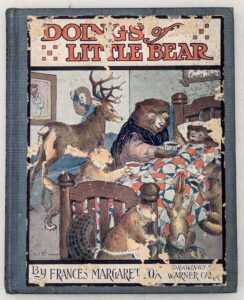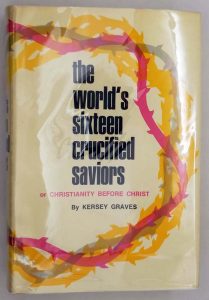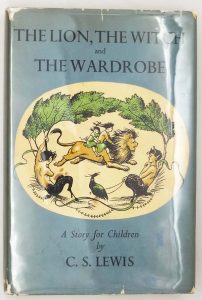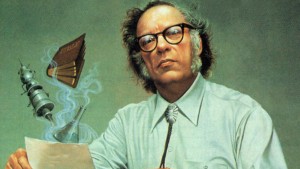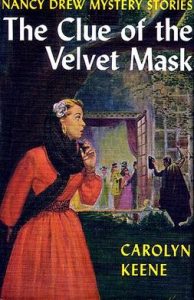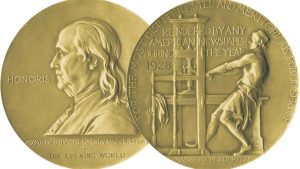In the Mouse’s House (1933), written by Lois Donaldson and illustrated by Mathilde Ritter, is a charming and lesser-known gem of interwar children’s literature that captures the cozy magic of miniature worlds. Published by Laidlaw Brothers, 1933. This delightful tale follows the adventures of a family of field mice through Ritter’s exquisite pen-and-ink drawings that combine Art Deco precision with old-world storybook charm. Her illustrations transform simple domestic scenes—a mouse kitchen with acorn cups, a parlor with thimble stools, a garden path lined with blade-of-grass arches—into captivating vignettes of anthropomorphic wonder. Ritter’s cross-hatching technique creates remarkable texture, from the velvety softness of mouse fur to the rough grain of wooden floorboards in their tiny home. The nighttime scenes particularly shine, with moonlight streaming through cellar windows in delicate parallel lines that suggest both illumination and mystery. Unlike many anthropomorphic tales of the period that exaggerated cuteness, Ritter’s mice maintain their natural proportions and movements while adopting human behaviors, creating a believable fantasy world grounded in natural observation. The book’s small format (7×5 inches) perfectly suits its intimate subject matter, making the reading experience feel like peering into a dollhouse-sized realm.
About Mathilde Ritter (1896-1989):
This Austrian-English illustrator brought a distinctive Central European sensibility to British children’s literature during the 1920s-40s. Trained at Vienna’s Kunstgewerbeschule during the height of the Wiener Werkstätte movement, Ritter developed her signature style that blended Jugendstil decoration with precise natural observation. After moving to London in 1925, she became known for her anthropomorphic illustrations that treated animals with both scientific accuracy and poetic imagination—qualities perfectly displayed in this 1933 masterpiece. Unlike contemporaries like Beatrix Potter who worked in watercolor, Ritter specialized in intricate pen work, her line drawings recalling Arthur Rackham‘s detail but with a distinctly Viennese elegance. Beyond children’s books, she designed exquisite Christmas cards and calendars for Raphael Tuck & Sons. In the Mouse’s House represents her artistic peak, where her Germanic attention to domestic detail met the English tradition of animal stories. Ritter’s later career included botanical illustration and wartime work for the Ministry of Information, but this 1933 volume remains her most enduring legacy—a bridge between Victorian storytelling and modernist picture book aesthetics.
For readers enchanted by this volume, these kindred works may appeal:
• The Little Wooden Horse (1938) by Ursula Moray Williams – featuring similarly detailed small-world adventures
• The Adventures of Binkle and Flip (1930) by Enid Blyton, illustrated by Hilda McGavin – offering period anthropomorphic charm
• The Story of Miss Moppet (1906) by Beatrix Potter – for comparison with earlier mouse tales
